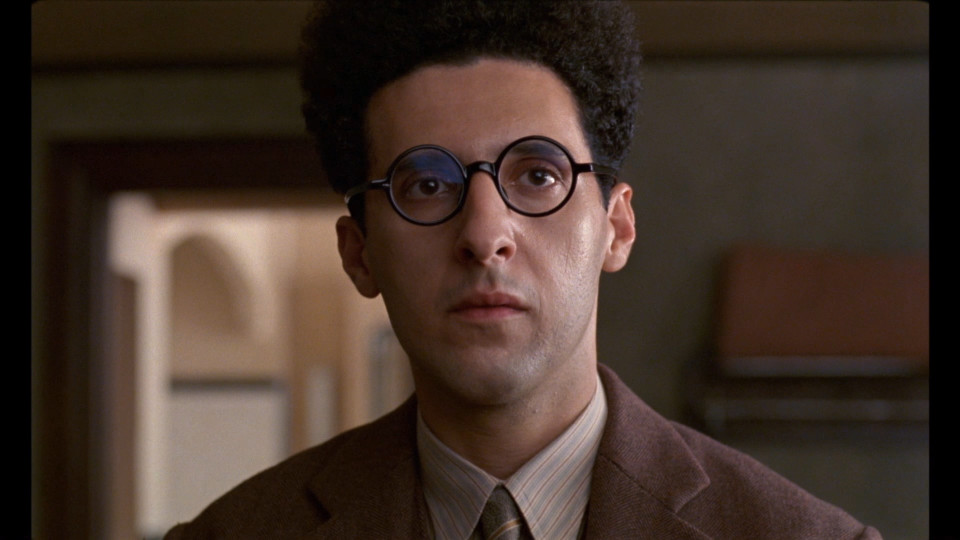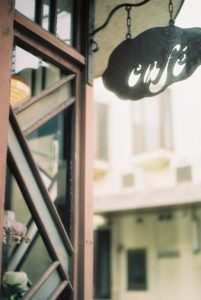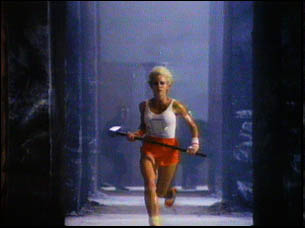
Previously: An all-too-familiar utopia
Next: Flaubertian three-dimensionalism
From a novel-writing perspective, 2018 and 2019 was a creative interregnum. After publishing Hagar’s Mother in late 2017, I found myself juggling energy between two books. One was the third installment of the Bridge Daughter series, the other a futuristic detective novel where society has essentially become a giant social media simulation. While working on the former, 2018 fizzled away with a fearful lack of progress. As 2019 marched on, a slow panic developed inside me. Would I burn off a second year with nothing to show for it?
I learned a hard lesson: Writer’s block is real. Before this, I’d read articles by well-known writers who either denied it existed, or called it a semi-phony condition covering for laziness. The cure for supposed writer’s block, they explained, was to turn off your Internet, silence your phone, and write.
The early chapters of the Bridge Daughter sequel emerged in fits and spurts. Like a teenager learning how to drive a stick shift, I couldn’t find second gear and launch the story forward. Eventually I admitted that I’d hit something like writer’s block. I recalled what the Coen Brothers did when they were blocked developing Miller’s Crossing: They wrote a movie about writer’s block, Barton Fink.
While I didn’t go that meta, I used the problem to pivot to my science-fiction detective novel. Encouragingly, I was far more productive. It was also a much longer story. As a tightly-wound mystery, it was vital the chronologies of the different characters matched up, as story events were occurring in the background that the detective only learned about later. This required a fair amount of revision to clean up and synchronize.
The pivot did unblock me, and in a big way. During a stay in Tokyo at the end of 2019, I finished the remainder of the third Bridge Daughter book over a six-week sprint. Unlike the grind of the detective novel, Stranger Son spilled forth all at once. It and In My Memory Locked were published in 2020.

The other writing outlet I used over 2019 to break my writer’s block was this blog. It’s no surprise my focus that year would be on the writing process itself. I blogged about keeping a writing notebook on your phone, story revision, story structure, and even on (bad) cover letters. Basically, any problem I faced while writing, I at least attempted to compose a post about it. (Most were never published, trapped forever in my blog software’s Drafts folder.)
So desperate to write anything to keep the blood flowing, I even wrote about writing in cafes. It couldn’t have been more flagrant: Sitting in a cafe, desperate to jump-start the creative engine, I started writing about what I saw around me. What began as a lark grew into a lengthy diatribe on the different cafes I’d written in over two-and-a-half decades, and the varieties of cafe patrons and owners I’ve had to put up with.
The cafe I wrote that post in was near-perfect for my writing habit. Plenty of seating, open late, electrical outlets, free Wi-Fi, good drinks, good food, reasonable prices, a cozy college student vibe—and a mere one block from my apartment. That’s why at the end of the post I didn’t reveal its name. I feared it would be discovered and ruined.
Well, not long after posting, the cafe changed owners. One by one, the wonderful perks disappeared, prices crept upwards, and hours were reduced. By the end of 2019, I was on the hunt for a new cafe.
A few months later, my preference for writing in public spaces would become a very distant problem.

